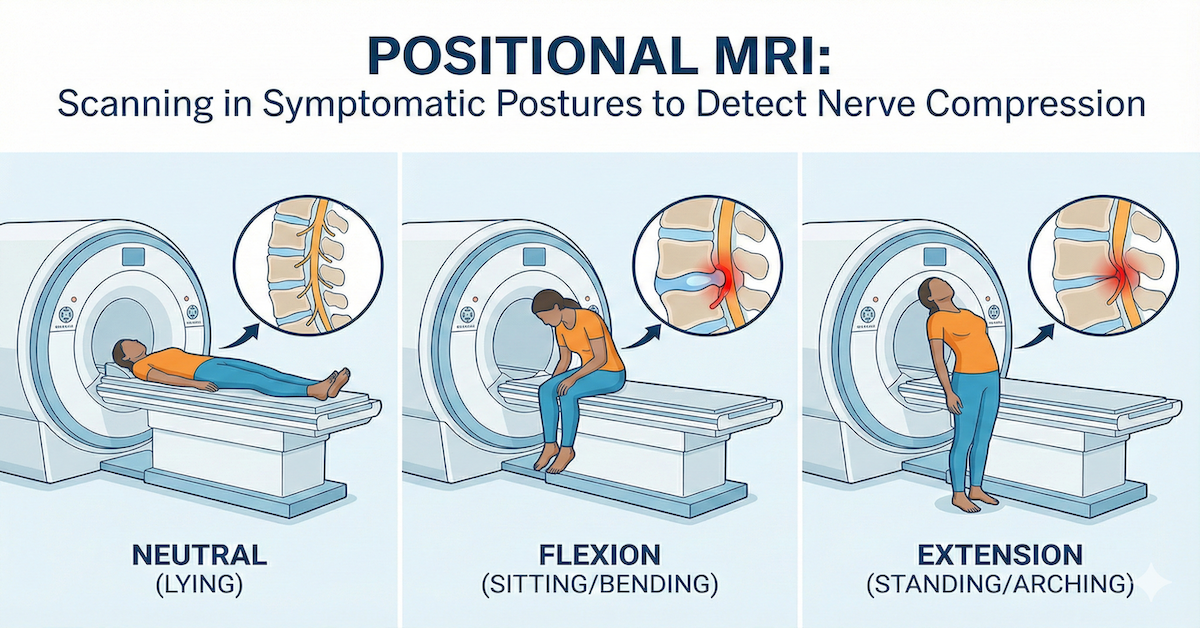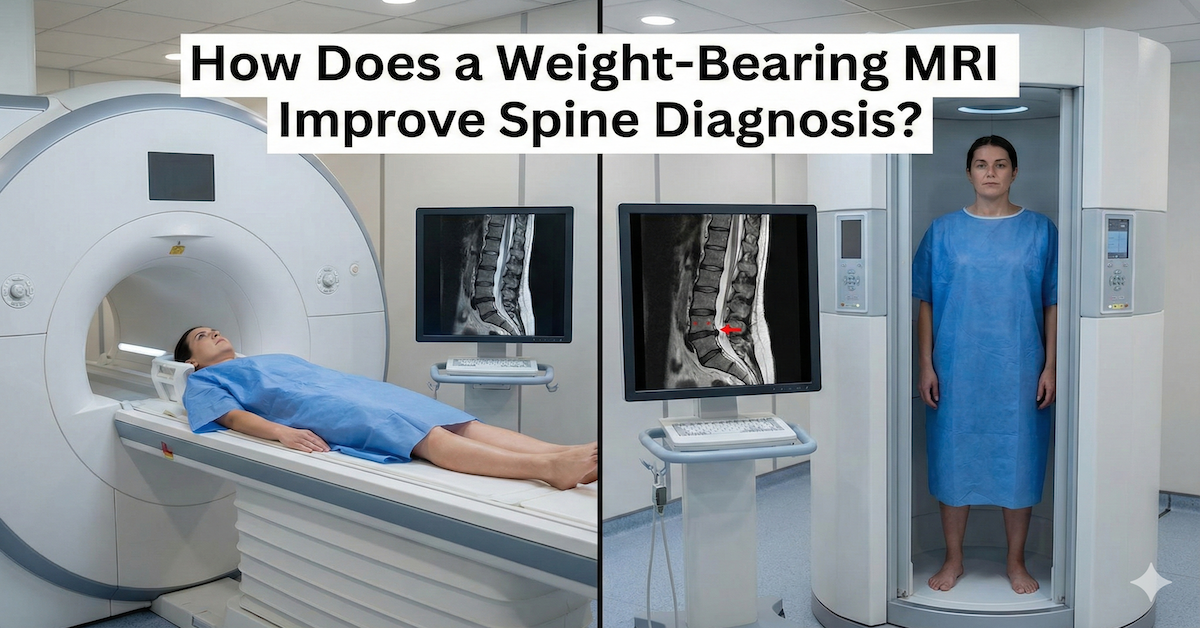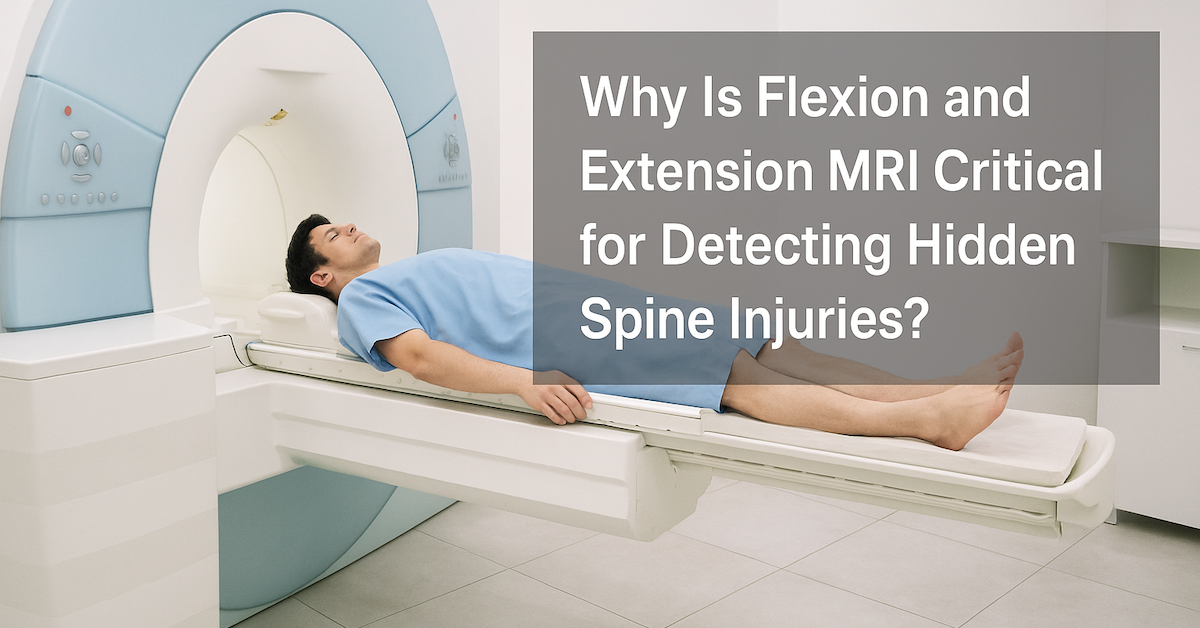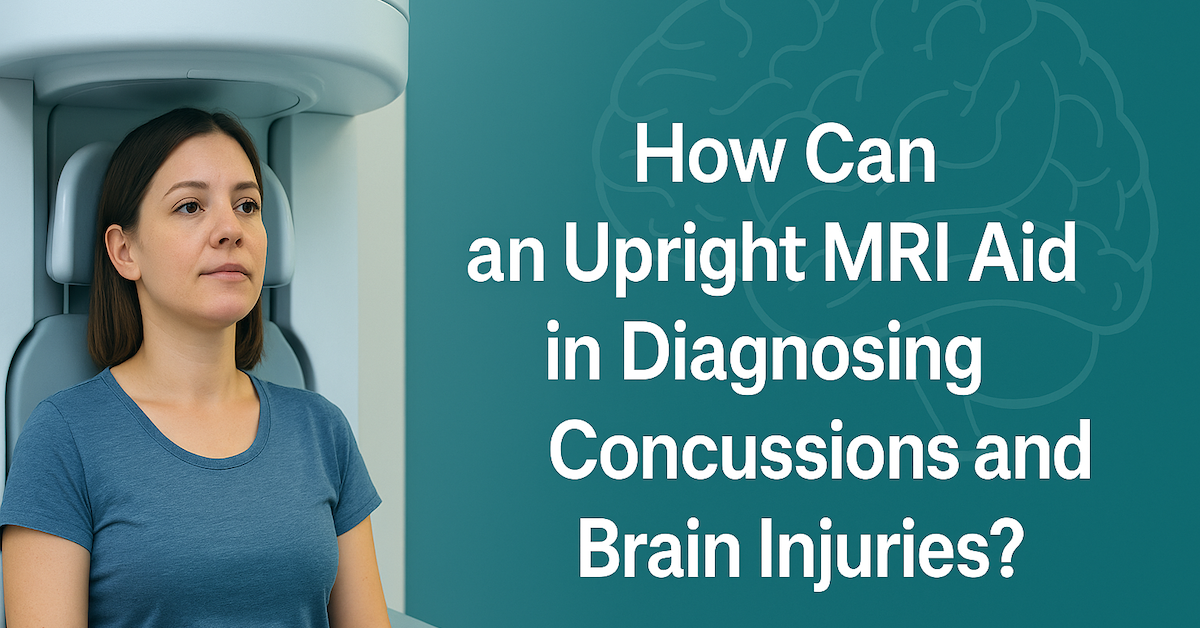How Can Patients Access Out-of-Pocket MRI Scans for Specialized Positions?
Getting an MRI should be about answers, not insurance drama. But when your doctor recommends a specialized scan like an upright, flexion-extension, or weight-bearing MRI, many insurance providers either deny it or drag their feet. And that leaves patients with a big question: What now?
Luckily, paying out of pocket for advanced imaging isn’t as impossible as it might seem. If you know where to look and how to plan, you can still get the scan you need without wrecking your budget. Let’s break down how to do it smartly.
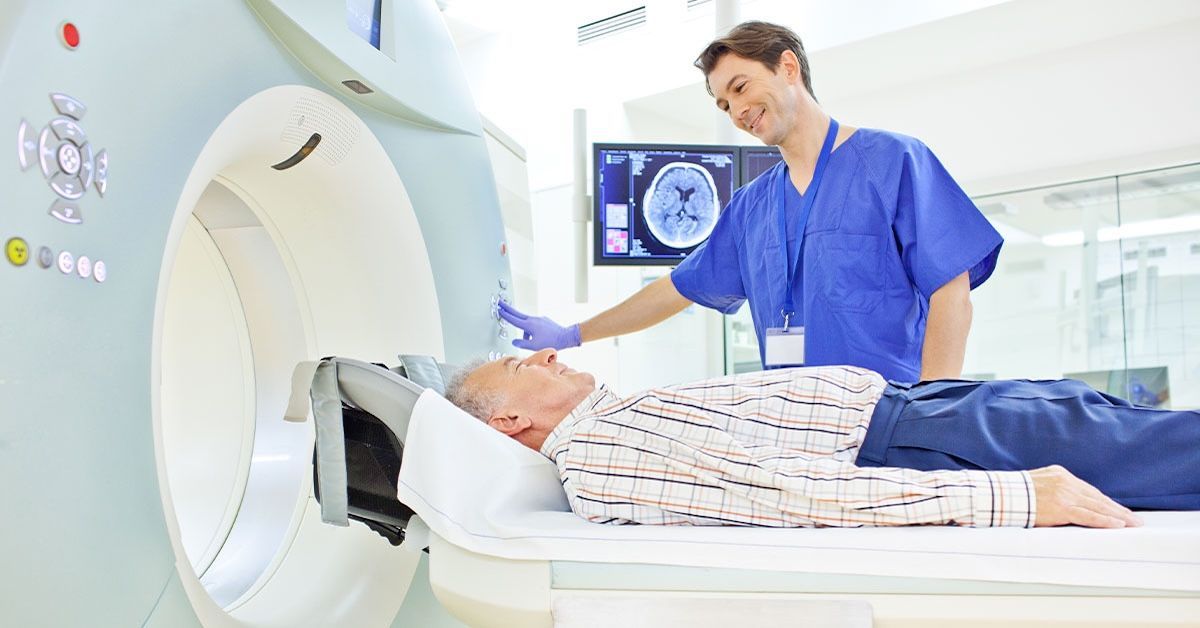
Understanding What You’re Paying For
Not all MRIs are priced the same. When it comes to specialized positions, the cost is usually higher than a basic scan. That’s because these machines are more advanced, take longer to use, and require more technical skill.
A traditional MRI might cost a few hundred dollars if you’re paying cash. But for advanced scans, you could be looking at anywhere between $500 and $1,500 or more depending on your location, the body part being scanned, and the facility you choose. Some places charge extra for radiologist interpretation, so it’s important to ask what's included.
Start with a Facility That Offers Specialized MRI Services
This part matters a lot. You don’t want to waste time calling around to hospitals that don’t even offer upright or dynamic MRI. Instead, focus on specialized imaging centers that are already set up for self-pay patients. These places are often more flexible, easier to work with, and more transparent about costs.
At Upright MRI of Deerfield, for example, we routinely work with patients who are paying out of pocket. Whether it’s due to insurance denial or simply wanting faster results, we make sure patients know the price up front, with no surprises.
Ask the Right Questions Before Booking
Before you agree to anything, get the details. Here’s what you need to ask:
- What’s the full cost of the scan, including interpretation?
- Are there discounts for cash payment?
- How soon can I get an appointment?
- Is the scan tailored to my doctor’s request?
- Do I need a referral?
Having this info ahead of time helps you make an informed decision and avoid hidden fees.
Compare Facilities and Look for Transparency
You’d be surprised how much prices can vary—even in the same city. Don’t assume that the big hospital has the best deal. Smaller centers often offer better prices and more personalized care. Some may even list prices on their website, which saves time.
If you’re not sure where to start, ask your doctor. They often know which centers offer fair pricing or flexible payment options. Online reviews can also help you get a feel for how a center treats its patients.
Use HSA or FSA Funds if You Have Them
If you’ve been saving money in a Health Savings Account (HSA) or Flexible Spending Account (FSA), this is exactly what those funds are for. These accounts let you use pre-tax dollars to cover medical costs, including diagnostic imaging.
Even if your insurance isn’t covering the scan, your HSA or FSA usually will—just be sure to get an itemized receipt to submit for reimbursement.
Consider Payment Plans if Needed
Don’t assume you have to pay it all at once. Many imaging centers offer payment plans or third-party financing. This can be especially helpful if you need multiple scans or are dealing with other medical bills at the same time.
Make sure you understand the terms before signing anything. Some payment plans are interest-free, while others add fees. The key is to keep it manageable and avoid taking on unnecessary debt.
Don’t Skip the Scan Just Because Insurance Said No
Here’s the bottom line. Just because your insurance denied the scan doesn’t mean you don’t need it. Your body doesn’t care what your policy says—it cares about getting the right diagnosis.
Advanced MRI positions often reveal what traditional scans can’t. If your doctor recommended it, there’s probably a good reason. The cost may be frustrating, but the information you get could be life-changing.
Conclusion
Paying out of pocket for an MRI isn’t ideal, but it’s sometimes the clearest path forward. When you work with a facility that specializes in advanced imaging and understands patient needs, the process becomes a lot less stressful.
At Upright MRI of Deerfield, we believe that every patient deserves access to the scan that fits their condition—not just what their insurance allows. That’s why we offer transparent pricing, flexible payment options, and experienced care for patients choosing to pay out of pocket. If you're stuck waiting on approval or just want answers faster, we’re here to help you move forward with clarity and confidence.
SHARE THIS POST:
Leave a Comment:

The World's Most Patient-Friendly MRI. A comfortable, stress-free, and completely reliable MRI scan. We offer patients an open, upright, standup MRI experience that helps those who are claustrophobic and stress being in a confined area. Upright MRI of Deerfield is recognized as the world leader in open MRI innovation,
Our Recent Post
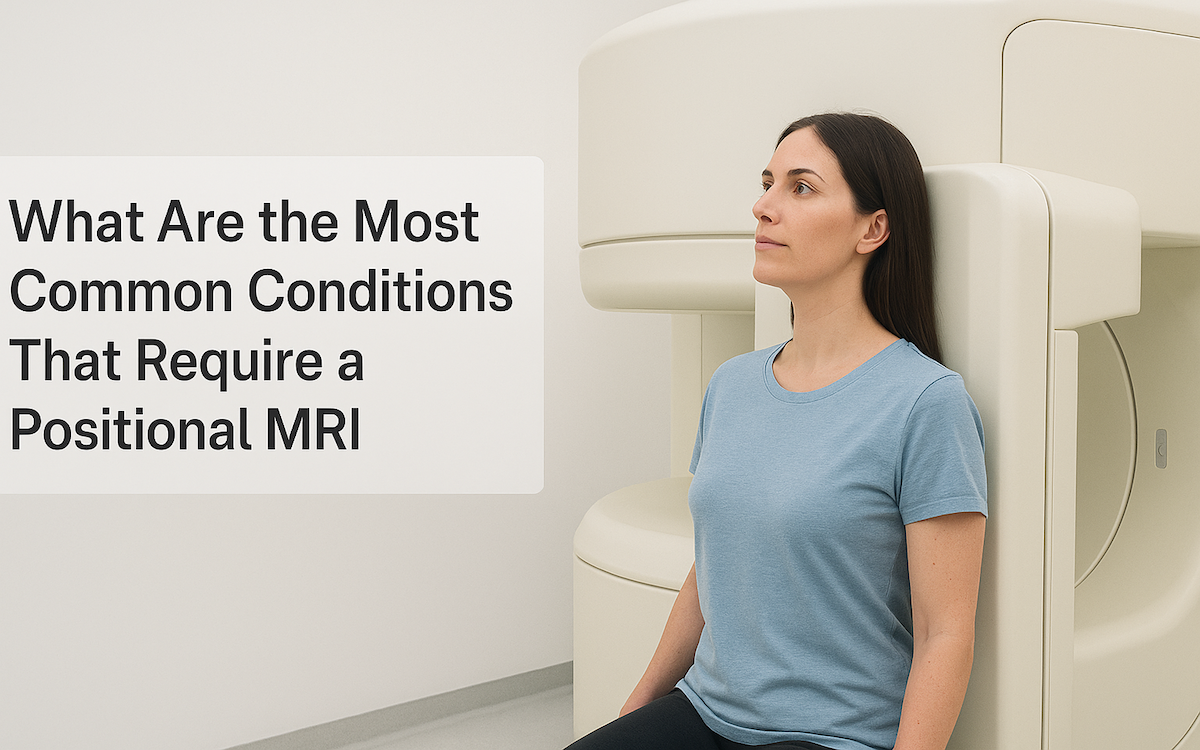
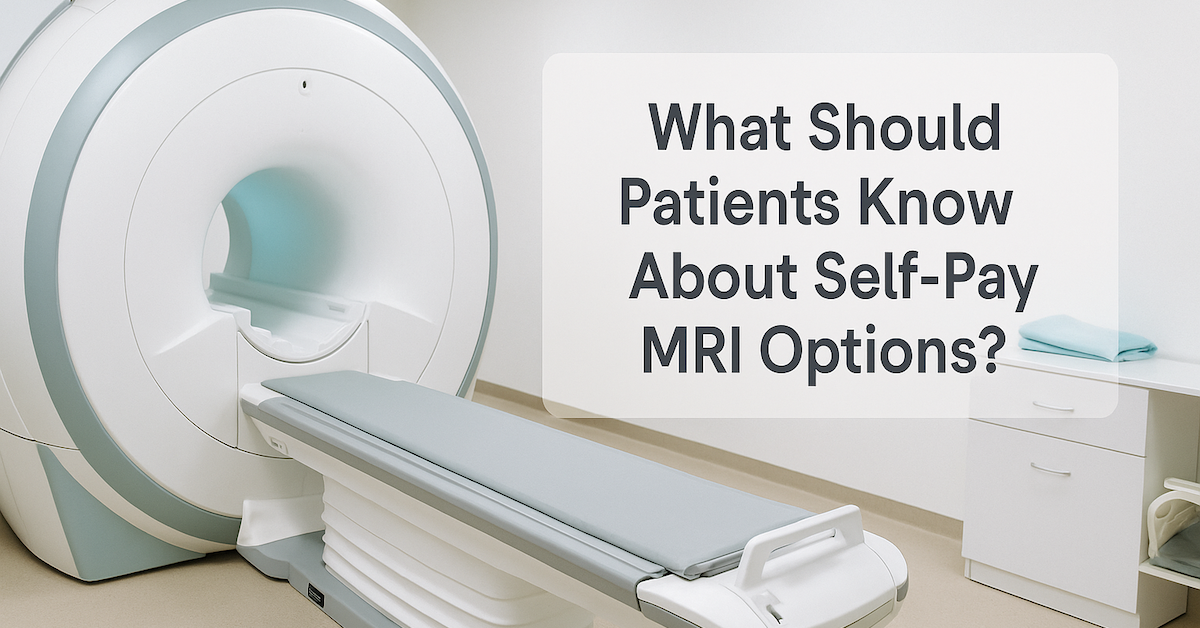
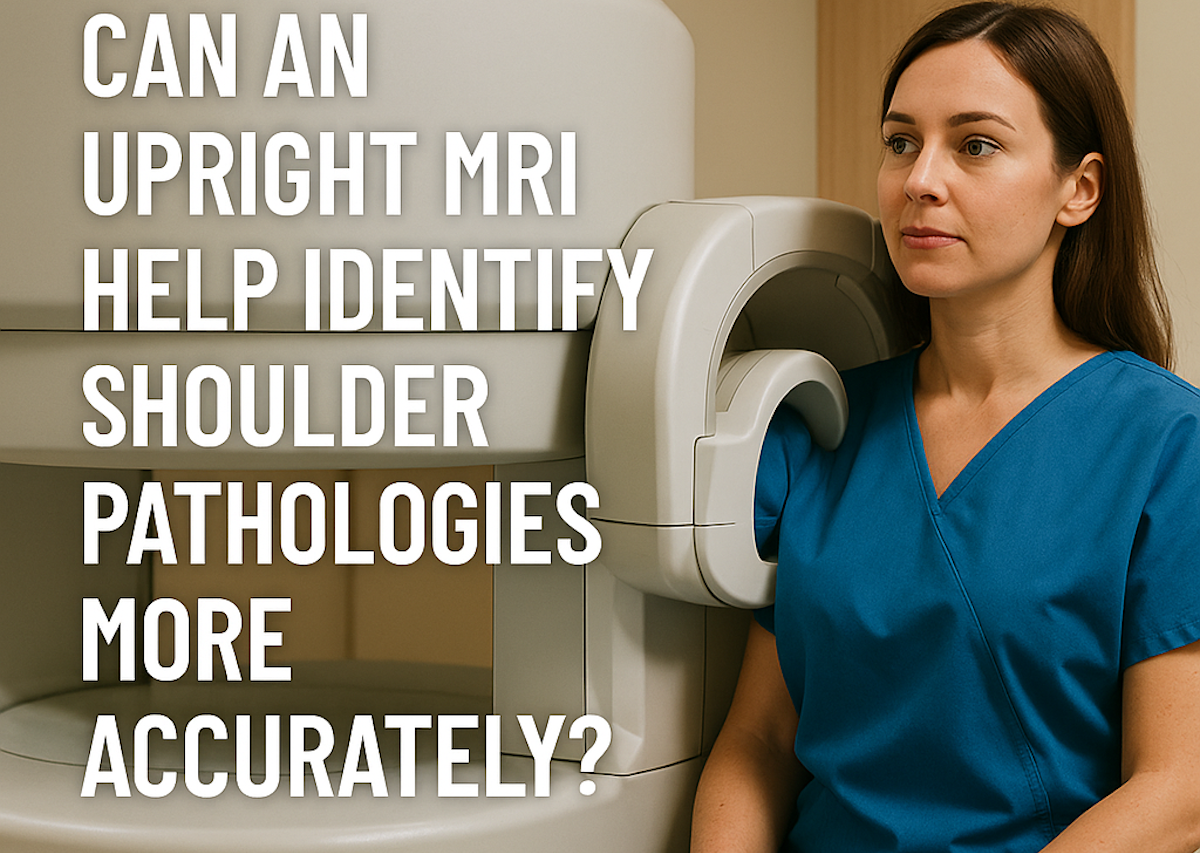
READ PATIENT TESTIMONIALS
Upright MRI of Deerfield.
Susan D.,
Highland Park, 39
I am going to tell everyone about your office! This was a great experience after I panicked in other MRI machines and had to leave. Thank you so much.

Judith B.,
Milwaukee, 61
I suffer from vertigo and other MRIs do not work. This was wonderful…absolutely NO discomfort at all. The MRI was so fast…I wanted to stay and watch the movie! Mumtaz was great. His humor really put me at ease. I’ve already recommended Upright MRI to friends.

Delores P.,
Glencoe, 55
Everything is so nice and professional with your place. I have been there a couple of times. My husband and I would not go anywhere else.


